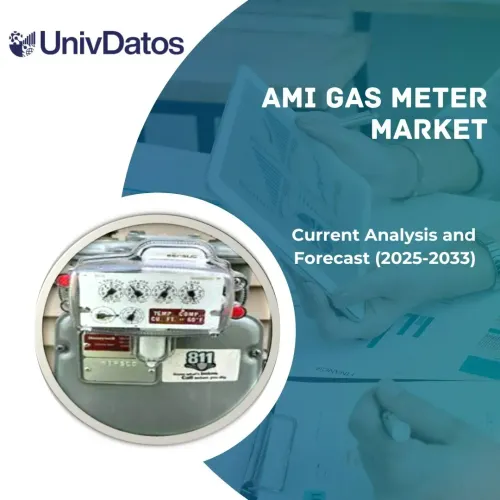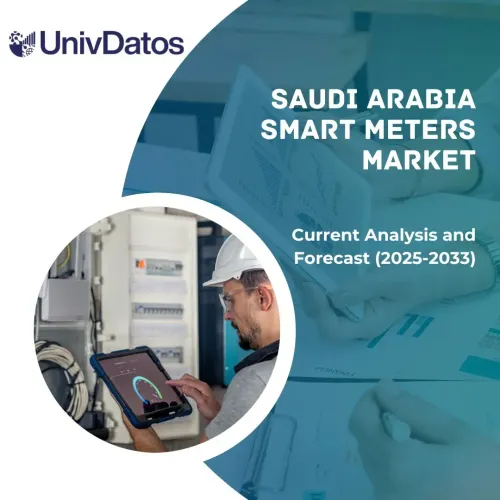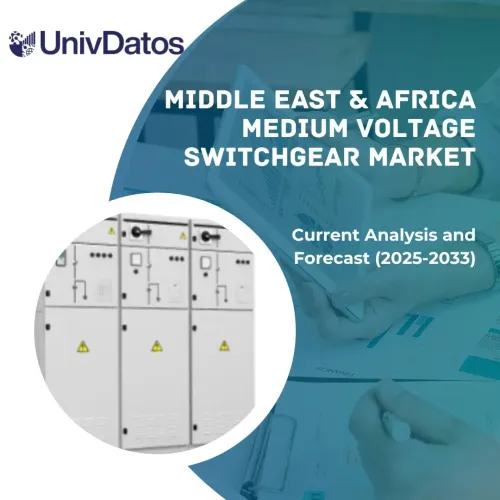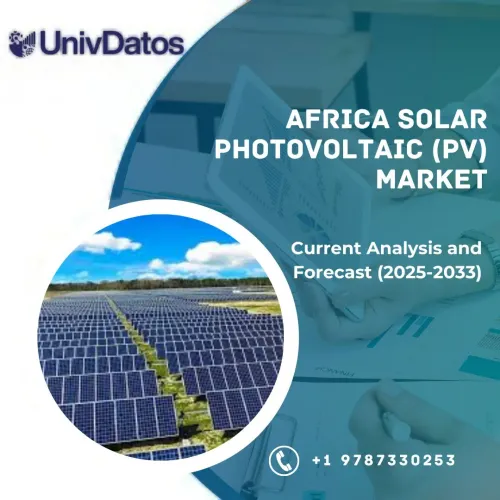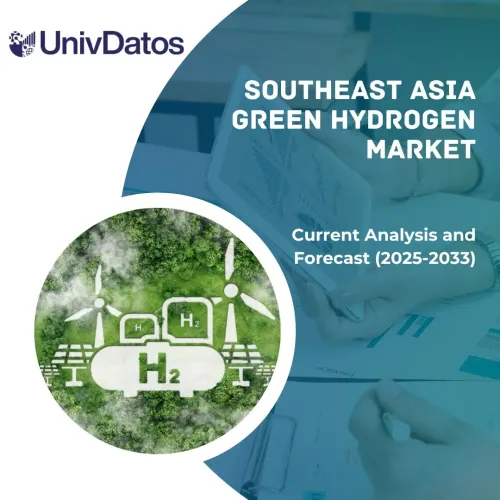Рынок солнечных модулей Topcon: текущий анализ и прогноз (2025-2033)
Упор на установку (наземную и на крыше); Конечный пользователь (бытовой, коммерческий и коммунальный); и Регион/Страна
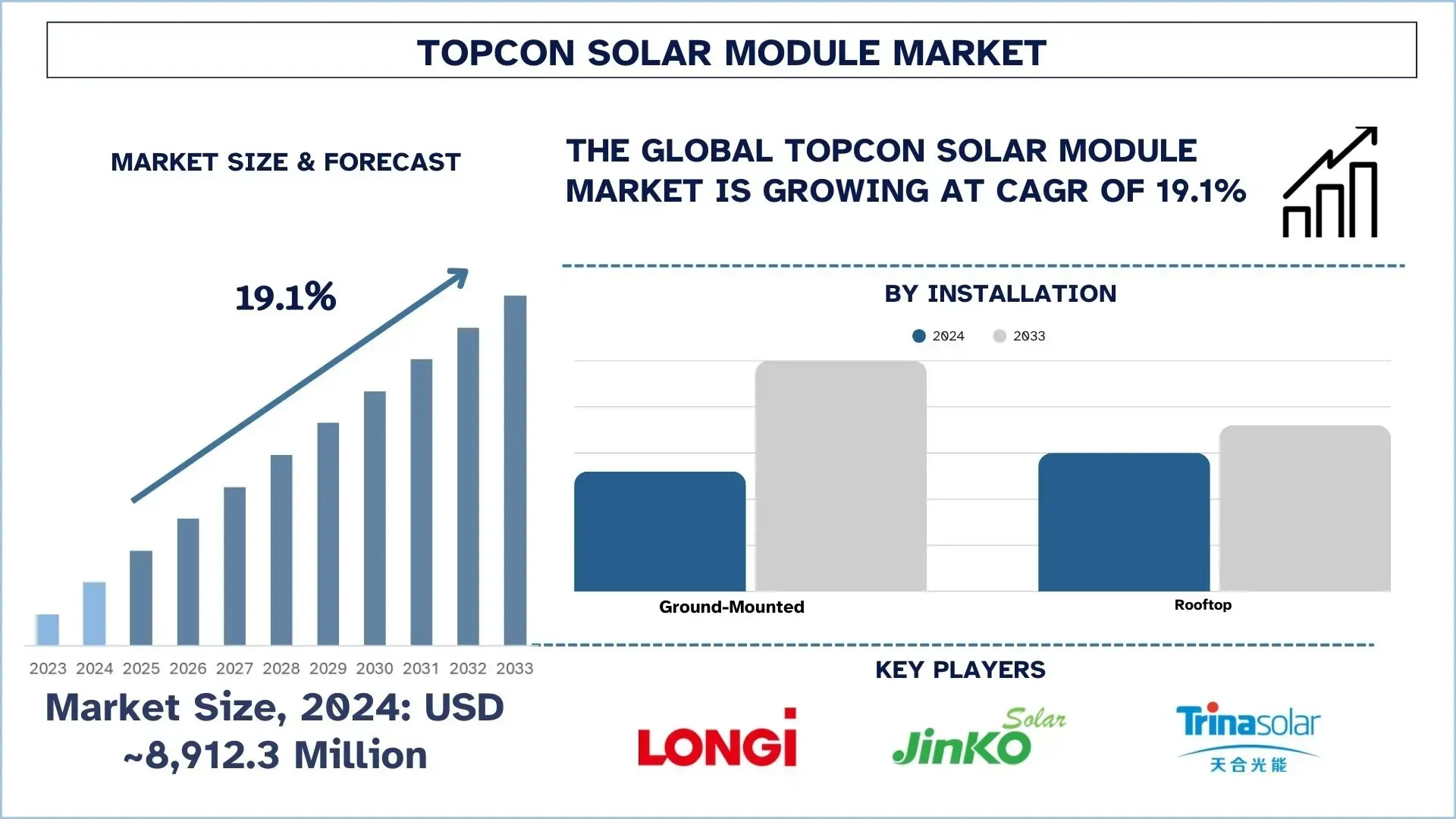
Размер и прогноз глобального рынка солнечных модулей Topcon
Объем мирового рынка солнечных модулей Topcon оценивался в 8 912,3 млн долларов США в 2024 году и, как ожидается, вырастет до значительного среднегодового темпа роста примерно в 19,1% в течение прогнозируемого периода (2025-2033 гг.), что обусловлено растущим спросом на высокоэффективные модули, текущими технологическими достижениями и государственной поддержкой.
Анализ рынка солнечных модулей Topcon
Topcon Solar Module стремится к успеху в бизнесе, применяя технологию TopCon к фотоэлектрическим солнечным элементам на мировых рынках. Солнечные панели и срок их службы улучшаются благодаря технологии TopCon, поскольку она делает кремниевые поверхности более устойчивыми. Рост потребностей в солнечной энергии и усовершенствованные технологии производства энергии, а также официальная поддержка продвигают рынок вперед. Крупные экономики выбирают солнечные панели TopCon по всему миру, поскольку стремятся к полному сокращению выбросов углекислого газа. Более масштабные экологические усилия в сочетании с более низкими производственными затратами приведут к широкому внедрению систем TopCon и аналогичных передовых систем.
Наибольший рост солнечных модулей Topcon сначала проявится в Азиатско-Тихоокеанском регионе из-за быстрого расширения крупномасштабных проектов солнечной энергетики в Китае и Индии. Правительство Китая помогает стране лидировать в производстве солнечной энергии, а Индия продвигает свои возобновляемые источники энергии для удовлетворения растущих потребностей в электроэнергии. Обе страны вкладывают значительные средства в солнечные системы, чтобы перейти к более чистой энергии. Рынок солнечных модулей Topcon будет расти, поскольку Австралия и Япония увеличат производство возобновляемой энергии. Рост североамериканского и европейского рынков зависит как от государственных органов, так и от бизнеса, финансирующего экологически чистые инфраструктурные проекты.
Тенденции глобального рынка солнечных модулей Topcon
В этом разделе рассматриваются основные тенденции рынка, которые влияют на различные сегменты глобального рынка солнечных модулей Topcon, как это было обнаружено нашей командой экспертов-исследователей.
Повышенная эффективность и производительность
Технология TOPCon производит улучшенные продукты солнечной энергии с большей скоростью, чем другие. Ученые разработали солнечные элементы TOPCon для захвата большего количества солнечных носителей, уменьшая при этом потери на рекомбинацию лучше, чем элементы PERC. Бизнес-производственная линия достигла 24% эффективности системы до 2024 года, в то время как лабораторные ячейки также продемонстрировали лучшую полезность. Используя эти новые панели, разработчики получают больше энергии из ограниченного пространства для установки, что делает их полезными для бытовых и коммерческих пользователей коммунальных услуг. Более эффективные солнечные панели требуют меньше энергии и работают с любым типом системы электроснабжения. Компании внедрят более совершенные методы производства солнечной энергии, чтобы весь их бизнес-сектор работал с высокой эффективностью.
Ценовая динамика и конкурентоспособность
Модули TOPCon были более дорогими в эксплуатации, чем другие модули, поскольку компании использовали высокотехнологичные методы и дорогие материалы в первые годы эксплуатации. Производственные цены на модули солнечных панелей были снижены за счет модернизации китайских технологий производства в процессе нормального производства. С середины 2024 года модули PERC могут быть вытеснены модулями TOPCon в крупных заказах кухонных плит из-за конкурентоспособной стоимости единицы последних. Автоматизированные технологии и использование системы контроля материалов привели к снижению стоимости производства модулей. Панели TOPCon выбирают по сравнению с другими, поскольку эта технология имеет более высокую эффективность работы на протяжении всего своего жизненного цикла, что соответствует другим фактам. Разработчики солнечных систем получат больше дохода, если выберут модули TOPCon, потому что эти солнечные панели обеспечивают высокую выработку энергии, что снижает стоимость. Рыночные цены на модули TOPCon будут продолжать снижаться, чтобы технология PERC была заменена на TOPCon в кратчайшие сроки, став самым превосходным и относительно дешевым вариантом.
Интеграция со строительными материалами
Солнечные панели TOPCon устанавливаются как строительная интегрированная фотоэлектрическая система, которая включает в себя интеграцию солнечных панелей непосредственно в здания строительными разработчиками. Наконец, производители включают солнечные части в строительные компоненты, особенно в крыши и окна, через свои конструкции. Следовательно, аспекты уникальности дизайна и эстетической ценности, связанные с солнечной технологией TOPCon, позволяют применять ее в системах BIPV. Моделирование в компаниях-производителях солнечных модулей выполняется таким образом, чтобы они представляли разработчикам строительные материалы, которые эффективно экономят энергию. Три правительства ввели твердые устойчивые строительные нормы и правила, которые стимулировали рынок солнечных конструкций в соответствующих странах. Он экономит свои коммунальные услуги и в то же время защищает окружающую среду и ищет способы генерировать электроэнергию с помощью этой системы. Технология TOPCon позволяет удовлетворить потребность в новых подходах к строительству решений BIPV в качестве одного из ключевых участников строительства современных зданий.
Сегментация отрасли солнечных модулей Topcon
В этом разделе представлен анализ ключевых тенденций в каждом сегменте глобального отчета о рынке солнечных модулей Topcon, а также прогнозы на глобальном, региональном и страновом уровнях на 2025-2033 годы.
Категория наземного монтажа доминирует на рынке солнечных модулей Topcon.
На основе установки рынок разделен на наземные и крышные установки. Среди них сегмент наземного монтажа лидирует на рынке. Правительства и предприятия выбирают наземную солнечную энергию в основном потому, что коммунальные системы обеспечивают больше энергии и работают лучше, чем небольшие солнечные установки. Солнечные фермы размещают свои солнечные панели на больших открытых площадях, потому что одной системе требуется множество панелей для производства энергии как для городов, так и для промышленности. Многие предприятия в настоящее время устанавливают солнечные системы, поскольку им требуются возобновляемые источники энергии и собственные большие земельные участки для солнечных операций. Установщики поставляют более дешевые наземные солнечные батареи, потому что они лучше устанавливают системы по мере снижения стоимости солнечных панелей.
Категория коммунального рынка доминирует на рынке солнечных модулей Topcon.
По конечному пользователю рынок сегментирован на жилой, коммерческий и коммунальный. Среди них коммунальный сегмент вносит наибольший вклад в индустрию солнечных модулей Topcon. Компании на рынке коммунальной солнечной энергии добавляют системы для достижения целей в области устойчивой энергетики как на национальном, так и на международном уровнях. Коммунальные предприятия строят крупные солнечные электростанции, чтобы снизить свою зависимость от топлива и производить меньше выбросов, делая при этом свои поставки энергии надежными. Развитие коммунальных солнечных проектов получает дополнительный импульс от государственной поддержки солнечной энергетики и благоприятных правил. Снижение расходов на солнечное оборудование и более мощные системы хранения энергии теперь позволяют крупным солнечным фермам лучше работать для коммунальных предприятий, что увеличивает их выбор.
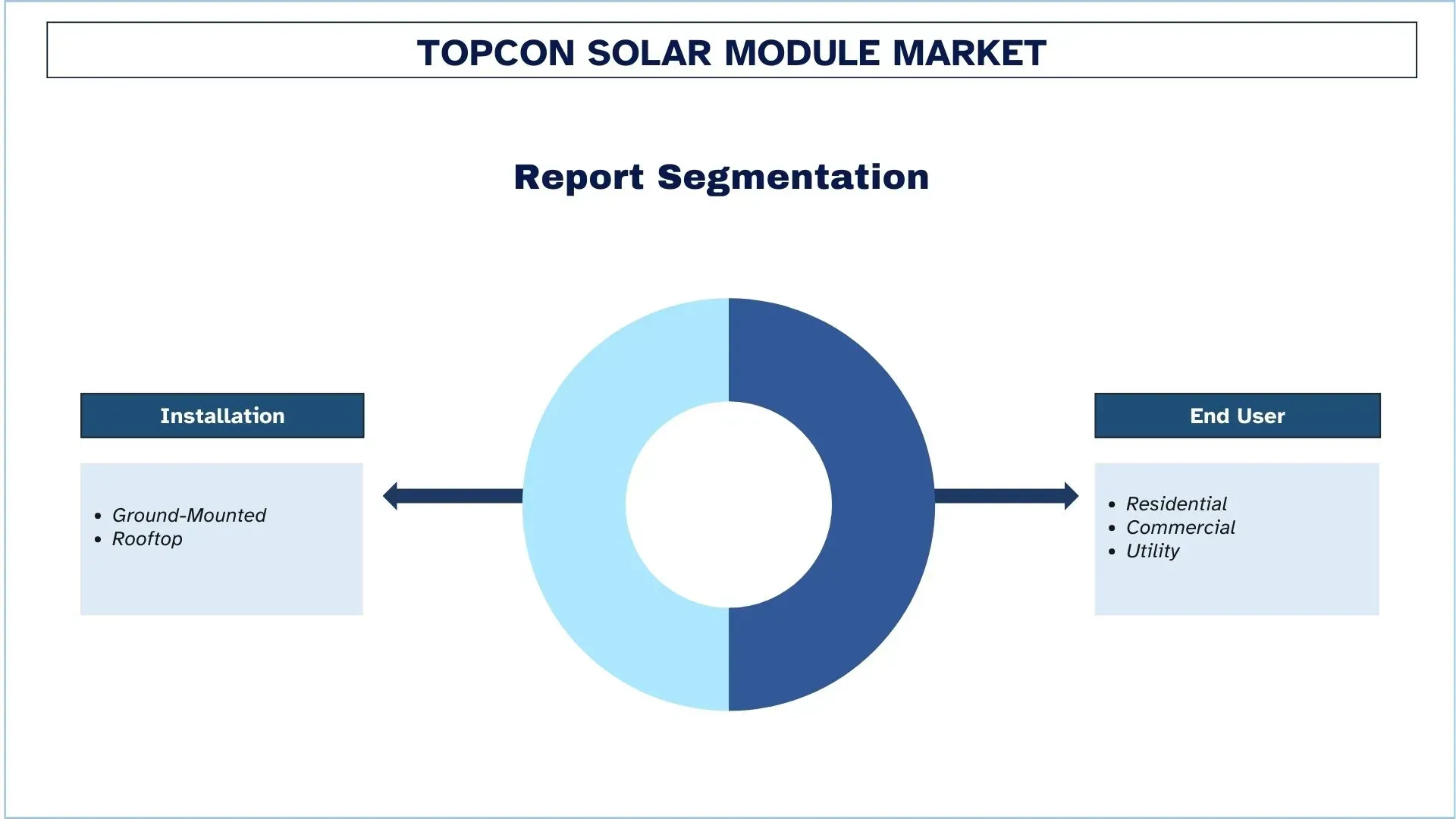
Ожидается, что в течение прогнозируемого периода Азиатско-Тихоокеанский регион будет расти значительными темпами.
Азиатско-Тихоокеанский регион берет на себя глобальное лидерство в области солнечной энергетики благодаря быстрому промышленному развитию, наличию больших земельных площадей и высокому спросу на энергию во всем регионе. Многие предприятия вводят в эксплуатацию инфраструктуру солнечной энергетики в китайских и индийских регионах при официальной поддержке. Поскольку Китай производит больше солнечной продукции, чем кто-либо другой, он устанавливает крупномасштабные солнечные электростанции, чтобы использовать меньше угля, развивая при этом свою солнечную энергетику. Благодаря своей Национальной солнечной миссии Индия получает инвестиции как от мировых, так и от отечественных компаний, стремящихся к развитию новых солнечных электростанций. Многие новые сторонники солнечных технологий из Австралии, Южной Кореи и Японии присоединяются к Китаю и Индии для создания сетей солнечной инфраструктуры, которые борются с загрязнением и обеспечивают их энергоснабжение. Местные жители и правительства в Азиатско-Тихоокеанском регионе должны создать системы поддержки наряду с программами по снижению расходов на солнечные технологии для достижения успеха в области солнечной энергетики. В регионе будет более быстрое внедрение солнечной энергии в жилом и коммерческом секторах благодаря технологическим достижениям, которые помогут переориентировать всех на солнечную энергию. Страны развивающейся Юго-Восточной Азии, вместе с другими мировыми рынками, создают программы солнечной энергетики, которые расширяют возможности для бизнеса в области солнечной энергии.
Китай занимал доминирующую долю на рынке солнечных модулей APAC Topcon в 2024 году
Китай является лидером на рынке солнечных модулей TOPCon, поскольку занимает выгодное положение в глобальной цепочке поставок и все больше внимания уделяет возобновляемой энергии, поощряемой правительством. Китай занимает позицию крупнейшего производителя солнечных модулей TOPCon в мире, поскольку он обладает наибольшими производственными мощностями и цепочкой поставок. С другой стороны, страна тратит много денег и усилий на разработку модулей TOPCon. Китай создает благоприятную среду для завоевания рыночной доли фотоэлектрическими технологиями и предоставляет дорожную карту достижения нулевых выбросов углерода к 2060 году; таким образом, производители находятся под давлением, чтобы интегрировать технологию TOPCon. Китай сохраняет доминирующее положение на рынке солнечной промышленности TOPCon, направляя эволюцию технологий и обеспечивая изменения в отраслевых затратах для отечественных и иностранных потребителей.
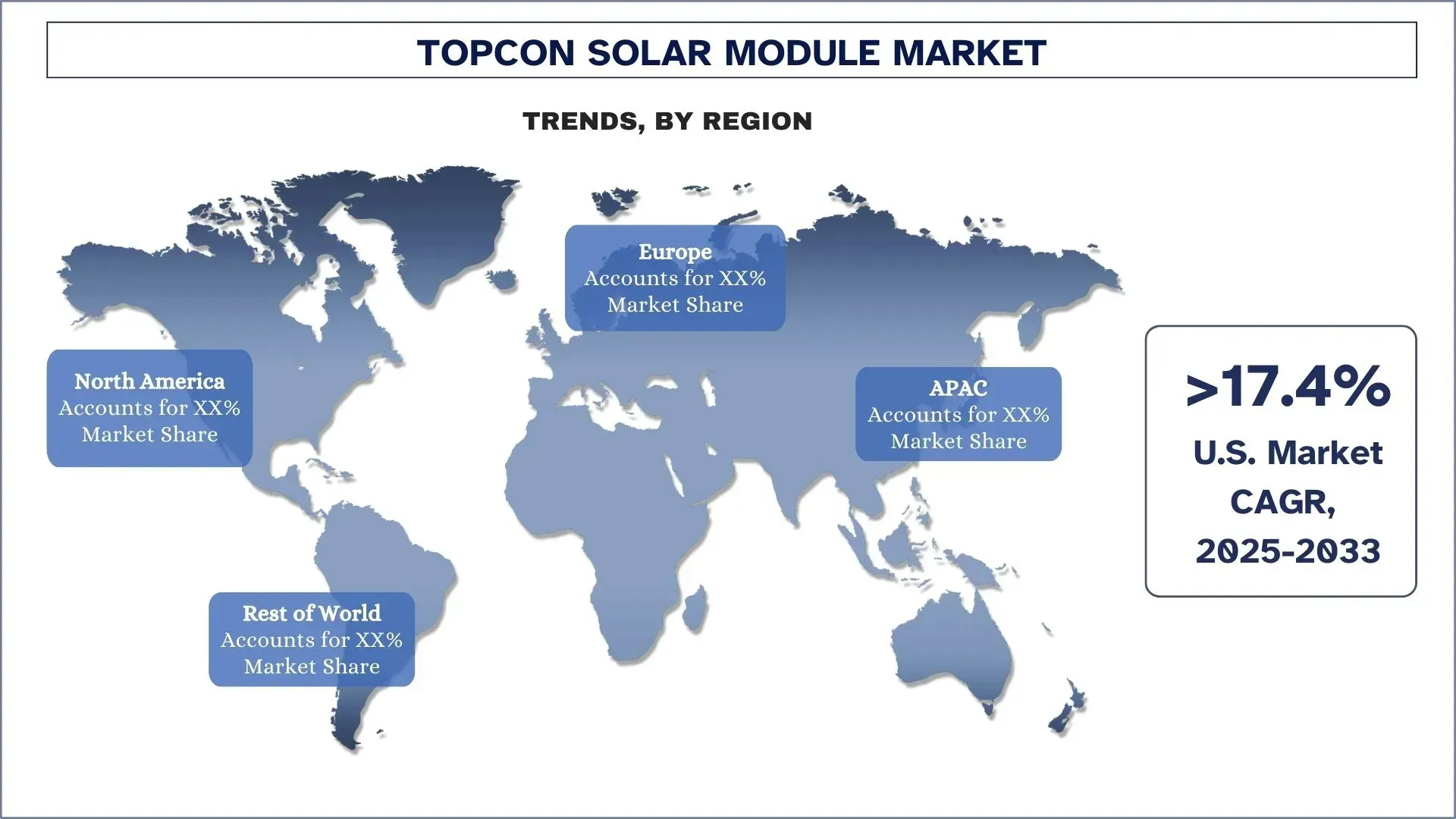
Конкурентная среда на рынке солнечных модулей Topcon
Глобальный рынок солнечных модулей Topcon является конкурентным, на нем представлено несколько глобальных и международных игроков рынка. Ключевые игроки применяют различные стратегии роста для расширения своего присутствия на рынке, такие как партнерства, соглашения, сотрудничество, запуск новых продуктов, географическое расширение, слияния и поглощения.
Ведущие компании по производству солнечных модулей Topcon
Некоторые из основных игроков на рынке: LONGi Green Energy Technology Co., Ltd., JinkoSolar Technology Co., Ltd., Trina Solar Limited, JA Solar Technology Co., Ltd., Qcells, Canadian Solar Inc., GCL-Poly Energy Holdings Limited, REC Group, Astronergy и Tongwei Solar.
Последние события на рынке солнечных модулей Topcon
В мае 2023 года First Solar еще больше укрепила свое мировое лидерство в тонкопленочной фотовольтаике, приобретя Evolar AB, европейского лидера в области перовскитной технологии. Ожидается, что приобретение ускорит разработку фотоэлектрических технологий следующего поколения, включая высокоэффективные тандемные устройства, за счет интеграции ноу-хау Evolar с существующими потоками исследований и разработок (НИОКР) и портфелем интеллектуальной собственности First Solar.
В марте 2020 года Brookfield Renewable Partners L.P. («Brookfield Renewable») и TerraForm Power, Inc. объявили о заключении окончательного соглашения о слиянии, в соответствии с которым Brookfield Renewable приобретет все находящиеся в обращении акции обыкновенных акций класса A TerraForm Power, за исключением примерно 62%, которые уже принадлежат Brookfield Renewable и ее дочерним компаниям. Это стратегическое приобретение было направлено на дальнейшее укрепление лидирующих позиций Brookfield Renewable в секторе возобновляемых источников энергии за счет расширения своего портфеля активов чистой энергии, в частности проектов солнечной и ветровой энергетики.
Обзор отчета о глобальном рынке солнечных модулей Topcon
Атрибут отчета | Подробности |
Базовый год | 2024 |
Прогнозный период | 2025-2033 |
Импульс роста | Ускорение при среднегодовом темпе роста 19,1% |
Размер рынка в 2024 году | 8 912,3 млн долларов США |
Региональный анализ | Северная Америка, Европа, Азиатско-Тихоокеанский регион, остальной мир |
Основной вклад в регион | Ожидается, что Северная Америка будет доминировать на рынке в течение прогнозируемого периода. |
Основные охваченные страны | США, Канада, Германия, Великобритания, Испания, Италия, Франция, Китай, Япония и Индия |
Представленные компании | LONGi Green Energy Technology Co., Ltd., JinkoSolar Technology Co., Ltd., Trina Solar Limited, JA Solar Technology Co., Ltd., Qcells, Canadian Solar Inc., GCL-Poly Energy Holdings Limited, REC Group, Astronergy и Tongwei Solar. |
Область применения отчета | Тенденции рынка, факторы роста и ограничения; Оценка доходов и прогноз; Анализ сегментации; Анализ спроса и предложения; Конкурентная среда; Профилирование компаний |
Охваченные сегменты |
Содержание
Методология исследования для анализа глобального рынка солнечных модулей Topcon (2023-2033 гг.)
Мы проанализировали исторический рынок, оценили текущий рынок и спрогнозировали будущий рынок глобального рынка солнечных модулей Topcon, чтобы оценить его применение в основных регионах мира. Мы провели исчерпывающее вторичное исследование для сбора исторических данных о рынке и оценки текущего размера рынка. Чтобы подтвердить эти сведения, мы тщательно изучили многочисленные результаты и предположения. Кроме того, мы провели углубленные первичные интервью с отраслевыми экспертами по всей цепочке создания стоимости солнечных модулей Topcon. После проверки рыночных показателей посредством этих интервью мы использовали подходы как сверху вниз, так и снизу вверх для прогнозирования общего размера рынка. Затем мы использовали методы разбивки рынка и триангуляции данных для оценки и анализа размера рынка отраслевых сегментов и подсегментов.
Инжиниринг рынка
Мы использовали метод триангуляции данных для завершения общей оценки рынка и получения точных статистических данных для каждого сегмента и подсегмента глобального рынка солнечных модулей Topcon. Мы разделили данные на несколько сегментов и подсегментов, проанализировав различные параметры и тенденции, включая установку, конечного пользователя и регионы в рамках глобального рынка солнечных модулей Topcon.
Основная цель исследования глобального рынка солнечных модулей Topcon
В исследовании определены текущие и будущие тенденции на глобальном рынке солнечных модулей Topcon, что обеспечивает стратегическое понимание для инвесторов. В нем освещается привлекательность регионального рынка, что позволяет участникам отрасли выходить на неосвоенные рынки и получать преимущество первопроходца. Другие количественные цели исследований включают в себя:
Анализ размера рынка: Оценка текущего и прогнозируемого размера рынка глобального рынка солнечных модулей Topcon и его сегментов в стоимостном выражении (доллары США).
Сегментация рынка солнечных модулей Topcon: Сегменты в исследовании включают области установки, конечного пользователя и регионы.
Нормативно-правовая база и анализ цепочки создания стоимости: Изучение нормативно-правовой базы, цепочки создания стоимости, поведения потребителей и конкурентной среды отрасли солнечных модулей Topcon.
Региональный анализ: Проведение детального регионального анализа для ключевых регионов, таких как Азиатско-Тихоокеанский регион, Европа, Северная Америка и остальной мир.
Профили компаний и стратегии роста: Профили компаний на рынке солнечных модулей Topcon и стратегии роста, принятые участниками рынка для поддержания устойчивости на быстрорастущем рынке
Часто задаваемые вопросы Часто задаваемые вопросы
В1: Каков текущий размер рынка и потенциал роста глобального рынка солнечных модулей Topcon?
Мировой рынок солнечных модулей Global Topcon был оценен в 8 912,3 млн долларов США в 2024 году и, как ожидается, будет расти со значительным среднегодовым темпом роста в 19,1% в период с 2025 по 2033 год, что обусловлено растущим спросом на высокоэффективные солнечные решения.
Q2: Какой сегмент имеет наибольшую долю на мировом рынке солнечных модулей Topcon по установке?
В 2024 году на сегмент наземного размещения пришлась наибольшая доля рынка солнечных модулей TOPCon, что обусловлено широким распространением крупных проектов коммунального масштаба.
Q3: Каковы основные факторы роста глобального рынка солнечных модулей Topcon?
Ключевые факторы роста рынка солнечных модулей TOPCon включают растущий спрос на высокоэффективные фотоэлектрические технологии, снижение цен на солнечные модули, а также поддерживающую глобальную государственную политику и стимулы.
Q4: Какие новые технологии и тенденции наблюдаются на мировом рынке солнечных модулей Topcon?
Заметные тенденции на рынке TOPCon включают в себя:
• Растущее внедрение двусторонних солнечных модулей
• Интеграция в строительные фотоэлектрические системы (BIPV)
• Акцент на экологически чистые и устойчивые производственные процессы
Q5: Каковы основные проблемы на глобальном рынке солнечных модулей Topcon?
Проблемы включают опасения по поводу надежности, связанные с влажностью и УФ-деградацией, более высокую сложность и стоимость производства, а также патентные споры между ведущими производителями, влияющие на инновации и конкуренцию.
Q6: Какой регион доминирует на глобальном рынке солнечных модулей Topcon?
Азиатско-Тихоокеанский регион (APAC), особенно Китай, доминирует на рынке солнечных модулей TOPCon, что обусловлено быстрым развитием солнечной инфраструктуры и мощной политической поддержкой возобновляемой энергии.
Q7: Кто является ключевыми игроками на глобальном рынке солнечных модулей Topcon?
В число ведущих компаний на рынке солнечных модулей TOPCon входят:
• LONGi Green Energy Technology Co., Ltd.
• JinkoSolar Technology Co., Ltd.
• Trina Solar Limited
• JA Solar Technology Co., Ltd.
• Qcells
• Canadian Solar Inc.
• GCL-Poly Energy Holdings Limited
• REC Group
• Astronergy
• Tongwei Solar
Q8: Каковы инвестиционные возможности на рынке солнечных модулей Topcon?
Рынок предоставляет значительные инвестиционные возможности в проекты солнечной энергетики масштаба коммунальных предприятий, производство бифациальных и высокоэффективных модулей, а также технологическую модернизацию, которая снижает производственные затраты и повышает долговечность модулей.
Q9: Как нормативные акты влияют на рынок солнечных модулей Topcon?
Такие нормативные акты, как импортные тарифы, требования к местному контенту и политика инвестиций в экологически чистую энергетику, формируют рынок, влияя на структуру затрат, стратегии цепочки поставок и доступ к рынкам во всем мире.
Связанные Отчеты
Клиенты, купившие этот товар, также купили

